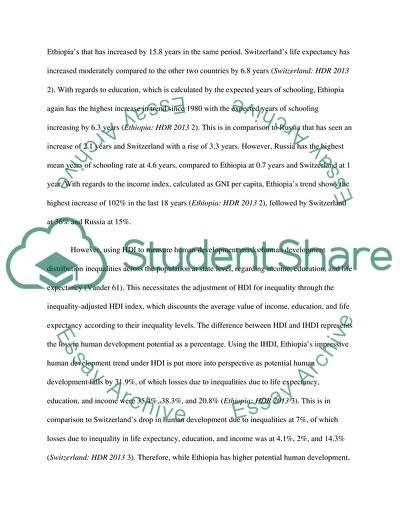Cite this document
(“Human Development Index - Ethiopia, Russia, and Switzerland Assignment”, n.d.)
Human Development Index - Ethiopia, Russia, and Switzerland Assignment. Retrieved from https://studentshare.org/macro-microeconomics/1645873-exam4
Human Development Index - Ethiopia, Russia, and Switzerland Assignment. Retrieved from https://studentshare.org/macro-microeconomics/1645873-exam4
(Human Development Index - Ethiopia, Russia, and Switzerland Assignment)
Human Development Index - Ethiopia, Russia, and Switzerland Assignment. https://studentshare.org/macro-microeconomics/1645873-exam4.
Human Development Index - Ethiopia, Russia, and Switzerland Assignment. https://studentshare.org/macro-microeconomics/1645873-exam4.
“Human Development Index - Ethiopia, Russia, and Switzerland Assignment”, n.d. https://studentshare.org/macro-microeconomics/1645873-exam4.


